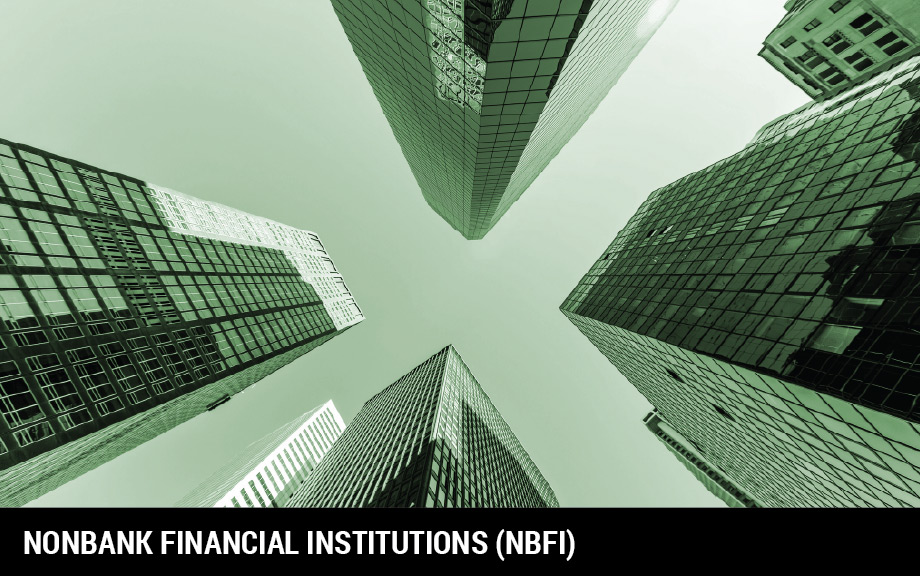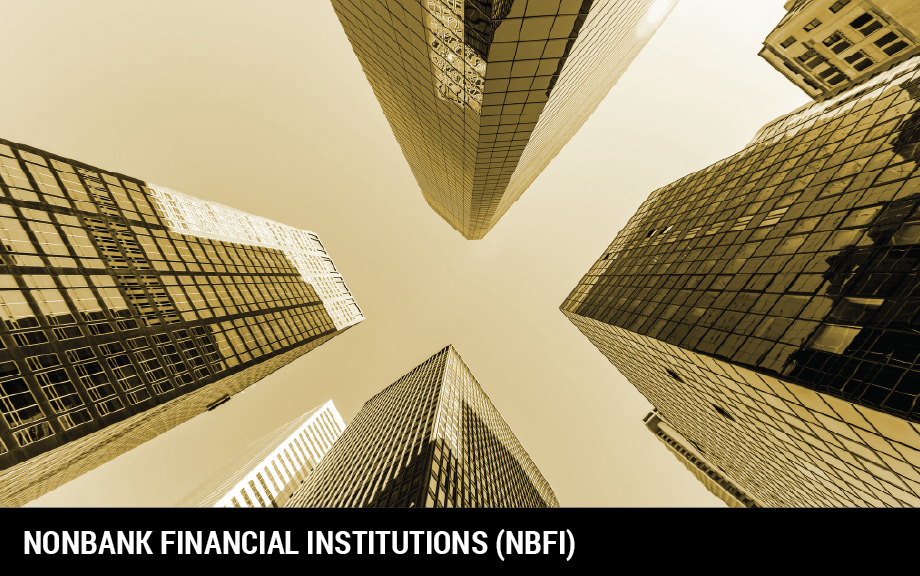NBFIs in Focus: The Basics of Private Credit

This is part of an ongoing educational series on nonbank financial institutions.
Nonbank financial institutions (NBFIs) play a critical role in private credit, which has recently become a key source of financing for corporations. In this article, we describe private credit and its recent growth, the role of NBFIs in the private credit ecosystem, and how private credit interacts with the Federal Reserve’s monetary policy, prudential supervision, and financial stability objectives.
NBFIs in Focus: The Basics of Hedge Funds

This is part of an ongoing educational series on nonbank financial institutions.
Hedge funds are a category of nonbank financial institutions (NBFIs) that play a significant role in the U.S. financial system. Since they transact in a wide range of asset classes and are major counterparties of the largest banks, their activities increasingly affect market liquidity, price discovery, and overall market functioning. In this article, we discuss the role of hedge funds in the U.S. financial system, their growth, and their relevance to the Federal Reserve’s monetary policy, prudential supervision, and financial stability objectives.
NBFIs in Focus: The Basics of Mutual Funds and ETFs

This is part of an ongoing educational series on nonbank financial institutions.
Mutual funds and exchange-traded funds, or ETFs, are important nonbank financial institutions (NBFIs) in the U.S. financial system. Both are widely accessible investment vehicles that can hold various kinds of assets. Combined, nearly 75 percent of mutual fund and ETF assets are stocks, about 20 percent are bonds, and the rest are commodities and other assets, according to Morningstar data through September. Mutual funds and ETFs are regulated by the Securities and Exchange Commission and are required to disclose information about their investment objectives, structures, and operations on a quarterly basis. This article details how mutual funds and ETFs differ, their recent growth, and their importance to the Federal Reserve’s objectives of monetary policy, prudential supervision, and financial stability. It does not cover money market mutual funds, which are a different type of NBFI.
The Role of Nonbank Financial Institutions in Monetary Policy

This is the second in an ongoing series on nonbank financial institutions. Read the first article on the basics of NBFIs.
The Federal Reserve has historically relied on commercial banks and select broker-dealers to implement and transmit monetary policy. In recent years, nonbank financial institutions (NBFIs) have taken on increasingly important roles. As discussed in a previous article, NBFIs are financial companies that perform a variety of financial services but do not have a bank license. Examples of NBFIs include investment funds, pension funds, insurers, government-sponsored entities, and broker-dealers. In this article, we discuss some of the ways that NBFIs contribute to the implementation and transmission of monetary policy in the United States.
The Basics of Nonbank Financial Institutions

This is the first in an ongoing series on nonbank financial institutions.
There is a vast set of U.S. financial institutions that sit outside the banking system. These companies, which are called “nonbank financial institutions” (NBFIs), are collectively much larger than U.S. banks, as measured by assets, and perform a broad array of services for the U.S economy. In this article, we discuss the universe of NBFIs and their importance for the Federal Reserve’s monetary policy, supervision, and financial stability objectives.










